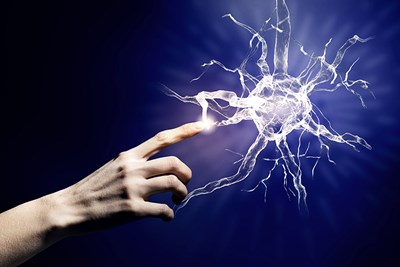Also known as tic douloureux, trigeminal neuralgia is a chronic pain condition that affects the trigeminal nerve in the face. This nerve is responsible for carrying sensation from the face to the brain, and people who suffer from this condition can experience excruciating pain from mild sensations such as putting on makeup or brushing their teeth. This condition is more common in women than men and is more likely to occur in people who are older than 50.
Symptoms
There are different patterns of symptoms that you may experience with trigeminal neuralgia. These include:
- Bouts of pain lasting from a few seconds to several minutes
- Pain affecting one side of the face at a time
- Attacks that gradually become more intense and more frequent over time
- Episodes of severe, shooting, or jabbing pain that may resemble the feeling of electric shock
- Constant aching or burning that is less intense than the pain spasms
- Spontaneous attacks of pain or pain that is triggered by small things such as chewing, speaking, or touching your face
- Pain in the cheek, jaw, teeth, gums, or lips
- Pain that is focused in just one specific area or that is spread in a wider pattern
- Episodes that last days, weeks, months, or even longer
Causes
Trigeminal neuralgia is caused by the malfunction of the trigeminal nerve. The problem is usually caused by contact between a normal blood vessel and the trigeminal nerve at the base of the brain. The pressure on the nerve is what causes the nerve’s function to be disrupted, which leads to the symptoms of pain.
This condition is usually the result of aging, but it could also be related to multiple sclerosis or another disorder that causes damage to the myelin sheath that protects certain nerves. Surgical injuries, stroke, or trauma to the face could also be responsible for trigeminal neuralgia developing. In rare cases, trigeminal neuralgia could be the result of a tumor pressing on the trigeminal nerve.
Diagnosis
Diagnosing trigeminal neuralgia will mostly be based on your description of symptoms to your doctor. This will include the type of pain you are experiencing, the location of the pain, and which stimulants are triggering the pain to occur. It is also possible for your doctor to conduct certain tests to confirm the diagnosis and to rule out other conditions that could be causing your symptoms. This could include a neurological examination and an MRI (magnetic resonance imaging).
Treatments
The most common line of treatment for trigeminal neuralgia is prescription medications. This typically includes anticonvulsants or antispasmodic agents. However, if medications do not work or if you begin to experience side effects from the medications, there are other options, such as botox injections as well as various types of surgical procedures that may help to relieve your symptoms.




